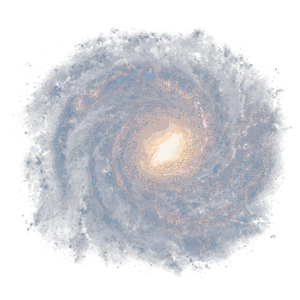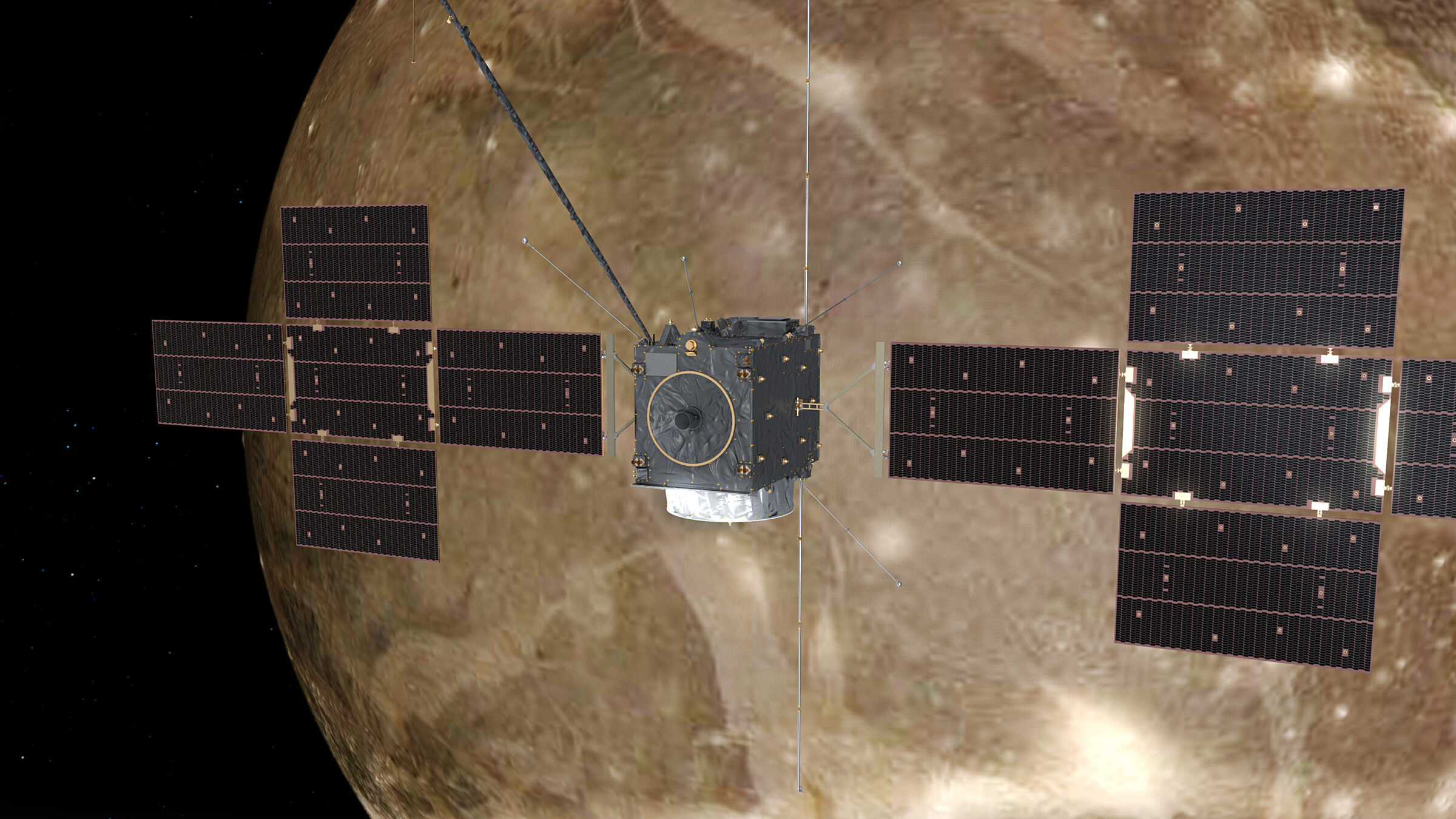The Downlink • Aug 09, 2024
Seeing the unseeable
Space Snapshot

This montage of 25 new images created with data from NASA’s Chandra X-ray Observatory was released to commemorate the telescope’s 25th anniversary in space. The collection is a sampling of the wide range of objects that the telescope has observed, from nearby objects like Jupiter (bottom, second from left) to the very center of our galaxy (upper right). Image credit: NASA et al.
Fact Worth Sharing

X-ray images like those captured by the Chandra X-ray Observatory tend to have a purplish hue because of how image processors color them. X-ray wavelengths of light are much shorter than those visible to humans, but the shortest wavelengths we can see are purple in color.
Mission Briefings


Juice will be flying by Earth soon. ESA’s Jupiter Icy Moons Explorer (Juice) spacecraft, which launched in April 2023, will perform a flyby of Earth on Aug. 20. This will be the first of four gravity assist maneuvers that will put Juice on precisely the right path to arrive at Jupiter with the correct speed and direction in July 2031. Pictured: An artist’s impression of Juice at Jupiter's moon Ganymede. Image credit: ESA / ATG Medialab.

NASA is likely to delay the next crew launch to the ISS. The Crew 9 mission to the International Space Station planned to launch on Aug. 18 will likely be delayed by over a month due to ongoing concerns about the Boeing Starliner spacecraft currently attached to the station, which may not be able to safely return the current ISS crew back to Earth.

The more we learn about stars, the better we understand exoplanets. A new study using data from NASA's Galaxy Evolution Explorer space telescope looked at ultraviolet emissions from small mass stars, finding that far-ultraviolet emissions are higher than previously expected. This calls into question the typical assumption that exoplanets around these kinds of stars might be prime targets in the search for life.

Graphene has been found in Chang’e-5 lunar samples. Graphene is a form of carbon consisting of a single layer of atoms arranged in a honeycomb nanostructure. On Earth, graphene is very useful in optics, electrics, and mechanics. The researchers who found graphene in Chang’e-5’s lunar sample proposed that it may have formed from volcanic activity, solar winds, or meteorite impacts. Continued study of this sample may help develop ways to produce the material inexpensively and expand its use.
From The Planetary Society


Is EELS the future of robotic exploration? The snake-like robot (pictured) is being designed to autonomously navigate the challenging terrain of Saturn’s moon Enceladus — including descending into fissures in the moon’s icy crust. But the skills it needs in order to explore this distant, unfamiliar world may make EELS well equipped to explore even more alien worlds, perhaps including exoplanets. Learn more about this strange and impressive robot and how it could change the future of robotic exploration. Image credit: NASA/JPL-Caltech.

When we detect life beyond Earth, will we know it? Because most biosignatures (for example, gasses produced by living creatures) can also be produced by non-living processes, a single biosignature detection may not be enough to say we’ve found life. A new article from guest writer Seven Rasmussen explores why the “Eureka!” moment of finding life might not be so simple.

A ninth planet may be lurking in our Solar System out beyond Neptune. Caltech's Mike Brown and Konstantin Batygin join this week’s Planetary Radio to discuss their new paper, the latest evidence for Planet 9, and why they believe their hunt may soon be over. The latest episode of Planetary Radio: Space Policy Edition takes a step back to ask a big question: Why do we explore space? Policy expert G. Ryan Faith joins the show to discuss how the act of defining our values and goals in space can help avoid common pitfalls and dead ends in our exploration efforts, ensuring a continued commitment to space for generations to come.

Watch the recording of the latest Planetary Society book club meeting. Christopher Cokinos' book “Still as Bright: An Illuminating History of the Moon from Antiquity to Tomorrow” was the July selection in The Planetary Society's book club. Chris joined host Mat Kaplan in a virtual Q&A with Society members for a conversation about our closest companion in the sky. Anyone can watch the recording online. If you want to join the next book club meeting yourself, log into the online member community. If you’re not yet a member, join today!
What's Up

Super bright Venus sets in the west shortly after sunset, as yellowish Saturn rises in the east. Reddish Mars comes up later in the night, followed closely by the much brighter Jupiter. The Perseid meteor shower, usually one of the best meteor showers of the year, peaks the night of Aug. 11/12, with increased activity several days before and after. Find out what else to look for in August’s night skies.
Wow of the Week

X-rays may not be visible to the human eye, but technology allows us to visualize them — even in three dimensions. A virtual reality platform from the Smithsonian Institution called Voyager allows users to explore 3D models of some objects imaged by the Chandra X-ray Observatory, like this one of supernova remnant IC 443. With the Voyager platform, you can rotate the model, zoom through it, and explore the various components of the real space phenomenon. Image credit: NASA/CXC/Brown Univ./A. Dupuis et al.
Send us your artwork!
We love to feature space artwork in the Downlink. If you create any kind of space-related art, we invite you to send it to us by replying to any Downlink email or writing to [email protected]. Please let us know in your email if you’re a Planetary Society member!


 Explore Worlds
Explore Worlds Find Life
Find Life Defend Earth
Defend Earth

